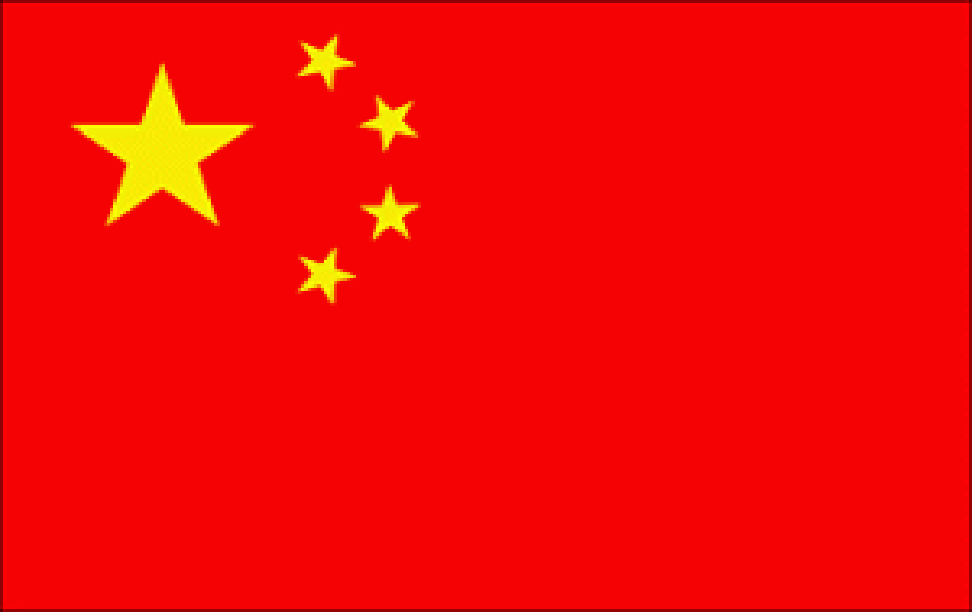Among various economic and policy-oriented developments that took place during the departed week, the biggest development was the statement issued by SBP Governor on Monday that Pakistan and International Monetary Fund (IMF) have generally reached an agreement over the bailout program to meet the financing gap, but timing and pace of stabilization policies are under discussion.
In addition to this, another event that caused excitement was the arrival of Malaysian Prime Minister Dr Mahathir Mohammad to Pakistan on Thursday. During his three-day official visit, strategies for enhancing trade and investment ties between the two brotherly countries through private sector participation, partnerships and joint ventures for the mutual benefit was discussed.
The other developments that took place this week include:
On Friday, State Minister for Revenue Hammad Azhar said that government is considering to impose fixed tax on traders to facilitate them in tax obligations and to broaden the tax net.
On Thursday, The State Bank of Pakistan issued a concessionary Small Enterprise Financing and Credit Guarantee Facility for Special persons. Mr. Tariq Bajwa, the Governor State Bank of Pakistan announced this special facility in the 7th meeting of the National Assembly Standing Committee on Finance, Revenue and Economic Affairs.
Meanwhile, the tenders for the issuance of Panda Bonds were submitted to the Ministry of Finance on Wednesday which received an overwhelming response from international financial institutions which includes Industrial and Commercial Bank of China, Bank of China, China Development Bank, Deutsche Bank, HBL, CitiBank, Standard Chartered Bank and top securities firms including CITIC & CICC also submitted their responses.
On the upside, the Asian Development Bank (ADB) said on Tuesday that it approved 9 million U.S. dollars in project readiness financing (PRF) to support the preparation and design of urban sector projects in Khyber Pakhtunkhwa (KPK), which will support the government of Pakistan in accelerating the delivery of critical infrastructure in the rapidly urbanizing province.
Moreover, the Board of Directors of Pakistan Oxygen Limited (PAKOXY) formally approved an investment plan of approximately Rs.5.1 billion to set-up the latest and most efficient Air Separation Unit (ASU) in Pakistan.
Furthermore, the XCMG and HSS Group of China issued a Letter of Intent highlighting their course of action to materialize its two billion dollars investment recently announced in Pakistan’s housing and manufacturing sectors.
The statistical data released this week apprising the economic standing of the country are listed below:
- The government sector’s net borrowing during current fiscal year (FY19) accumulated to an amount of Rs.775.95 billion as of March 8, 2019.
- Non-government sector borrowed a sum of Rs.839.57 billion as of March 8, 2019, during the current fiscal year.
- Exports from Pakistan during February 2019 amounted to $1,889 million (provisional) as compared to $2,043million (provisional) in January 2019 showing a decrease of 7.54% and by 0.37% as compared to $1,896 million in February 2018.
- Imports into Pakistan during the month of February 2019 amounted to Rs. 579,039 million (provisional), as against Rs. 624,644 million (provisional) in January 2019, and Rs. 526,141 million during February 2018 showing a decrease of 7.30% over January 2019 but an increase of 10.05% over February 2018.
- The fish and fisheries products exports have contributed US$ 451 million precious foreign exchange to national kitty during year 2017-18, registering around 27 percent increase as compared to previous year.
- Pakistan’s trade deficit in goods and services for February 2019 narrowed by 21% compared to previous month.
- Food group imports into the country during first 8 months of current financial year decreased by 8.25 percent, whereas exports increased by 1.08 percent as compared the corresponding period of last year.
- The first eight months of current fiscal year witnessed mobile phone import of $478.14 million in the country, showing 9.11 per cent decline as compared to same period last year.
- GlaxoSmithKline Consumer Healthcare Pakistan Limited (GSKCH) announced net earnings of Rs.1.07 billion for the year ended December 31, 2018, showing a 52% increase as compared to last year.
- Total credit to Government Sector at the end of February 2019 amounted to Rs.11.05 trillion, higher by 7% as compared to Rs.10.2 trillion at the end of June 2018.
- The Current Account Deficit (CAD) stands at a 28-month low at the end of February 2019, as the State Bank of Pakistan recorded it at $356 million which is 59% smaller than the deficit recorded in January 2019 ($873 million).
- Jahangir Siddiqui and Co. Limited reported annual profits of Rs. 814 million (EPS: 0.7) for the year ended December 31, 2018, i.e. 53.45% lower than the profits of last year.
- The footwear exports from the country witnessed an increase of 14.55 percent during the first eight months of the current fiscal year, as compared to the corresponding period of last year.
- The gold imports into the country dipped by 22.06 percent during the first eight months of the current fiscal year (2018-19) as compared to the corresponding period of last year.
- The overall imports of petroleum group witnessed 6.7 percent increase during the eight months of the current fiscal year as compared to the corresponding period of the last year.
- Overseas investors regained footing in local capital markets during the week ended March 15, 2019, as the central bank’s weekly data on Specially Convertible Rupee Accounts (SCRA) revealed that the net purchase of securities logged in at Rs.1.3 billion.
- Pakistan’s forex reserves increased by USD 743.7 million as the total liquid foreign reserves held by the country stood at USD 15.7 billion on Mar 15, 2019.
- The exports of raw cotton from the country during first 8 months of current financial year decreased by 72.49 percent as compared to corresponding period of last year.
- DAP offtake for the month of February 2019 stood at 49 thousand tonnes, i.e. 60.4 percent lower than the offtake in February 2018.
- Urea sales have witnessed a mere rise of 0.9% in the five months of Rabi season this year (Oct-Feb, FY19).
- The weekly inflation for the combined income group during the week ended on March 21 witnessed a decrease of 0.19 percent as compared to the previous week.
Copyright Mettis Link News
26923







